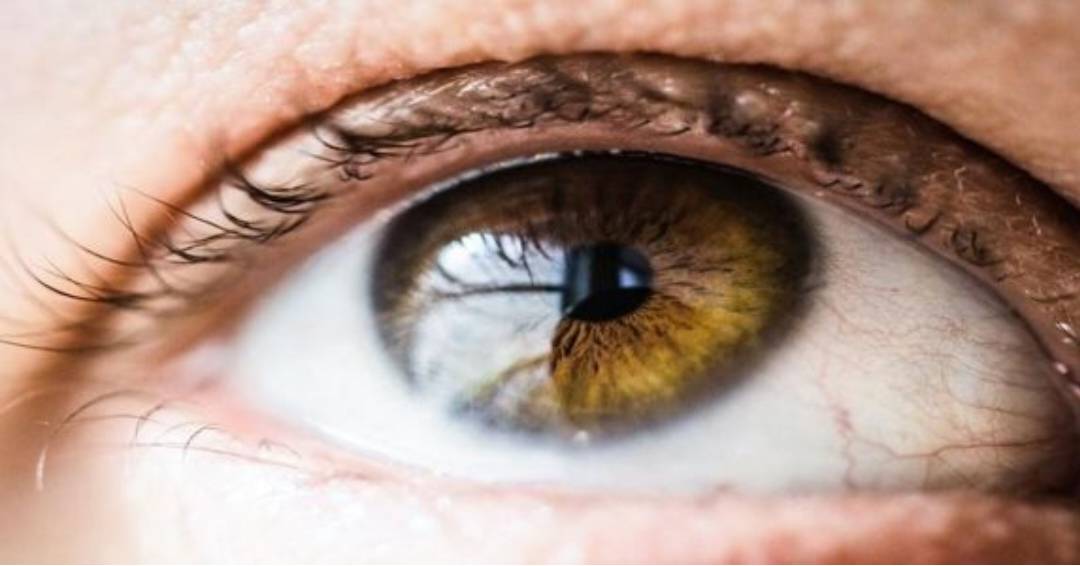
Our eyes are remarkable organs that enable us to perceive the world around us. However, the delicate nature of our eyes makes them vulnerable to various external factors, including the harmful rays of the sun. Prolonged exposure to ultraviolet (UV) radiation can result in a range of eye conditions that can have a significant impact on our vision and overall eye health.
In this feature, we will shed light on the signs and symptoms of sun-related eye damage, emphasizing the importance of protecting our eyes from the sun’s harmful rays. By understanding these warning signs, we can take proactive measures to safeguard our vision and maintain optimal eye health.
1. Photokeratitis:
Photokeratitis, commonly referred to as “sunburn of the eye,” occurs when the cornea, the clear front surface of the eye, is exposed to excessive UV radiation. This condition often manifests itself a few hours after intense sun exposure and is typically characterized by symptoms such as:
– Eye pain or discomfort
– Redness and inflammation
– Sensitivity to light
– Watery eyes
– Gritty or sandy sensation
2. Pinguecula and Pterygium:
Pinguecula and pterygium are conditions that involve the growth of abnormal tissue on the conjunctiva, the thin membrane that covers the white part of the eye. These conditions are more likely to develop in individuals who spend prolonged periods outdoors without proper eye protection. Signs and symptoms may include:
– Yellowish, raised bumps on the whites of the eyes
– Redness and irritation
– Dryness or itching
– Blurred vision if the growth extends onto the cornea
3. Cataracts:
Cataracts are a common age-related condition in which the lens of the eye becomes clouded, leading to vision impairment. While various factors contribute to cataract development, long-term exposure to UV radiation can accelerate their formation. Symptoms of cataracts may include:
– Blurred or hazy vision
– Sensitivity to glare, especially in bright sunlight or while driving at night
– Reduced color perception
– Double vision in one eye
4. Age-related Macular Degeneration (AMD):
AMD is a progressive eye disease that affects the macula, the central part of the retina responsible for sharp, detailed vision. Although the exact causes of AMD are multifactorial, exposure to UV light has been linked to its development and progression. Warning signs of AMD may include:
– Blurred or distorted central vision
– Dark or empty areas in the center of vision
– Difficulty recognizing faces or reading small print
– Colors appearing less vibrant
Conclusion:
Safeguarding our eyes from the harmful effects of UV radiation is vital for maintaining good eye health throughout our lives. By being aware of the signs and symptoms of sun-related eye damage, we can take proactive steps to protect our eyes, such as wearing UV-blocking sunglasses, using wide-brimmed hats, and seeking shade during peak sunlight hours. Regular eye examinations with an optometrist or ophthalmologist are also crucial for early detection and treatment of any eye conditions. Remember, a little extra care today can go a long way in preserving your vision for the future.

Post Your Comments